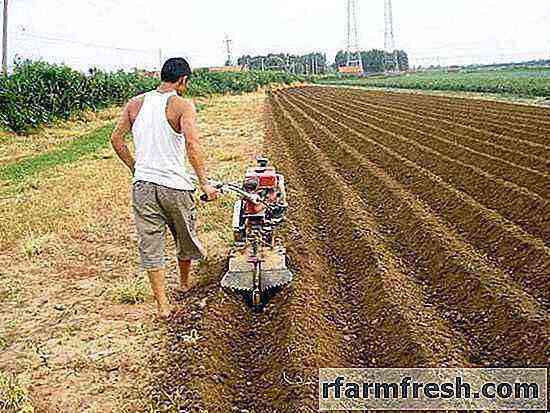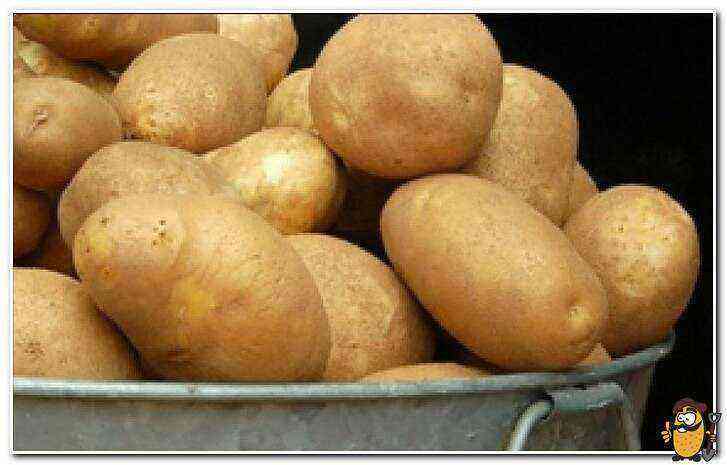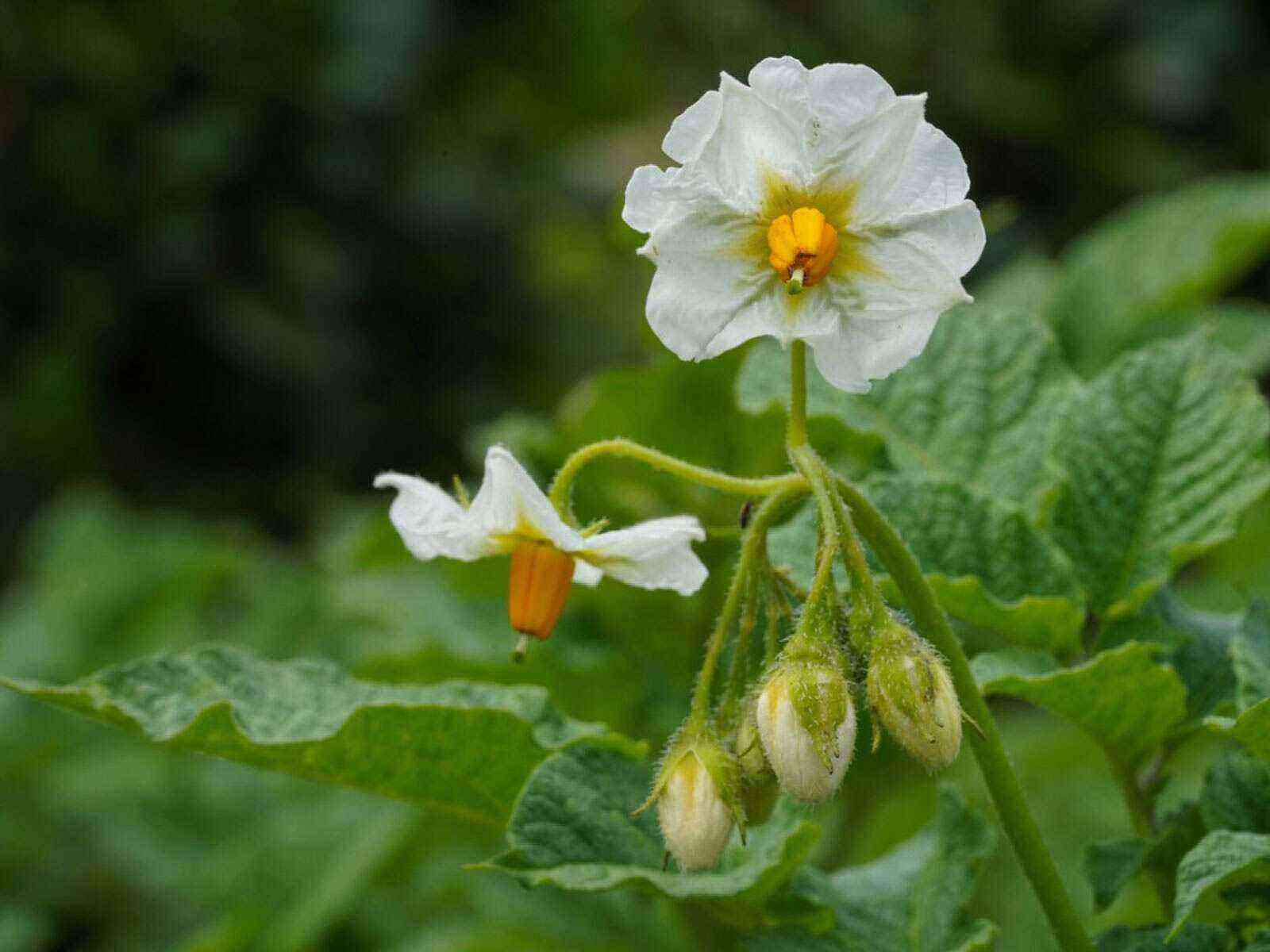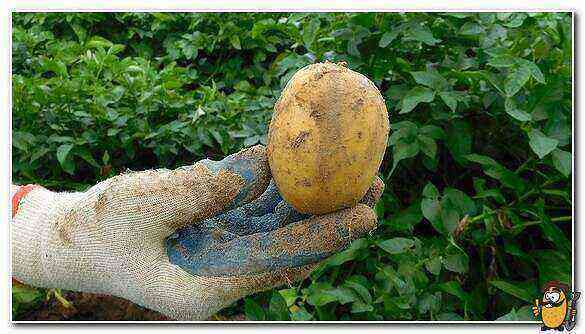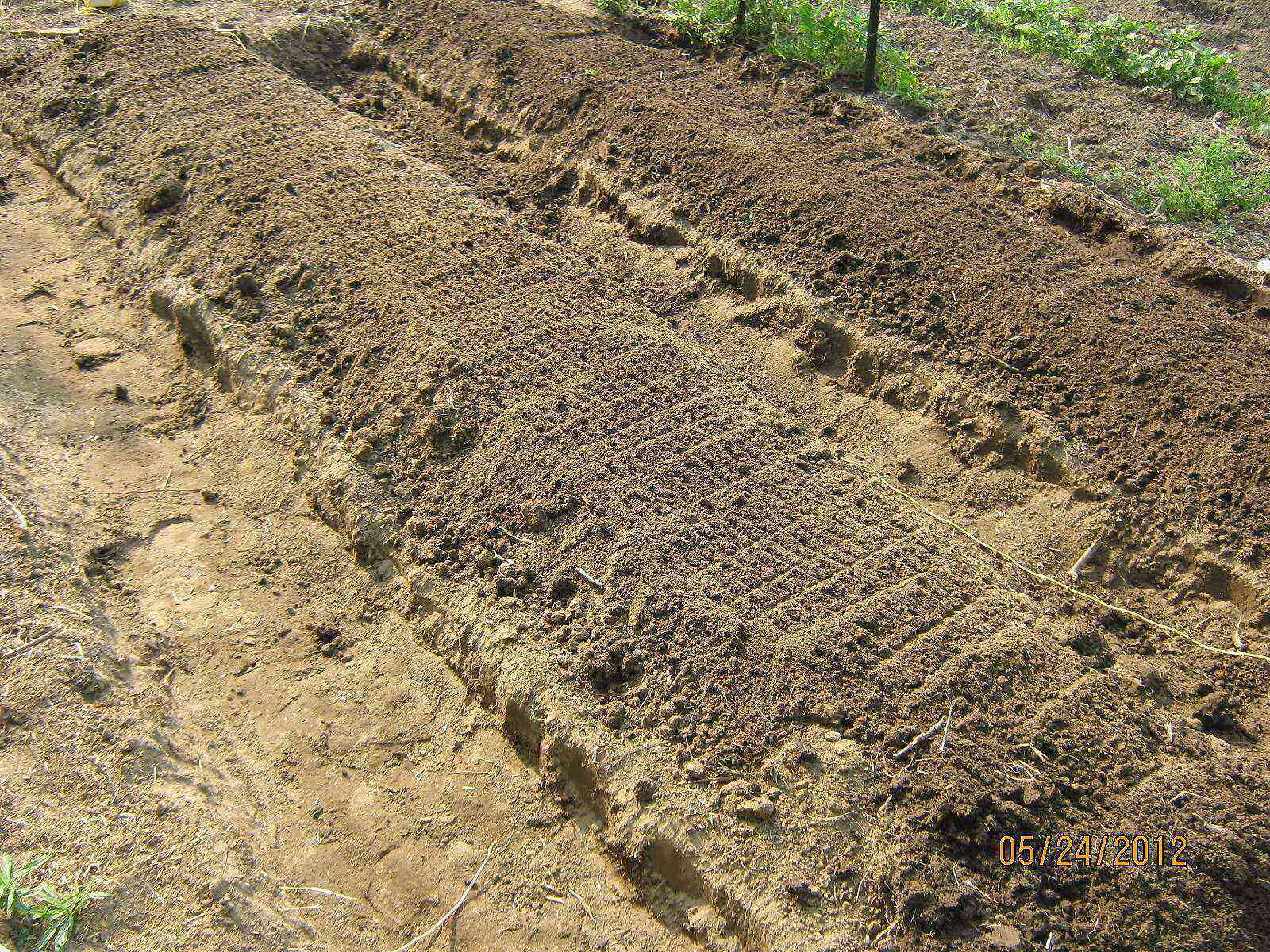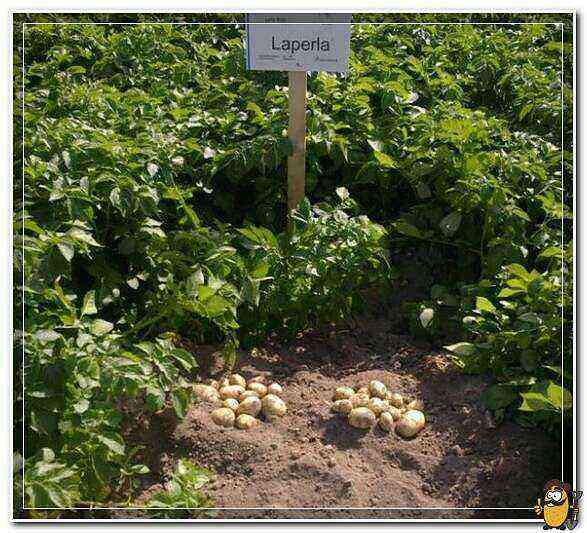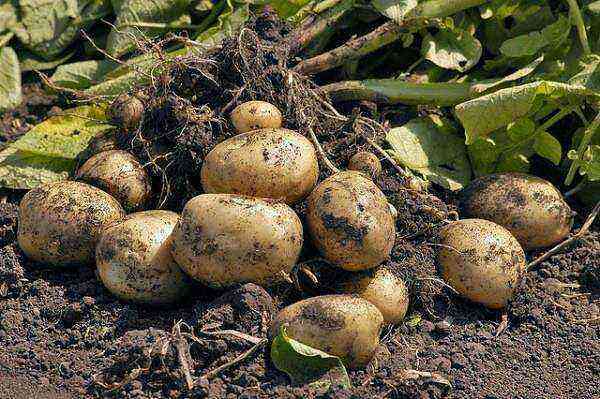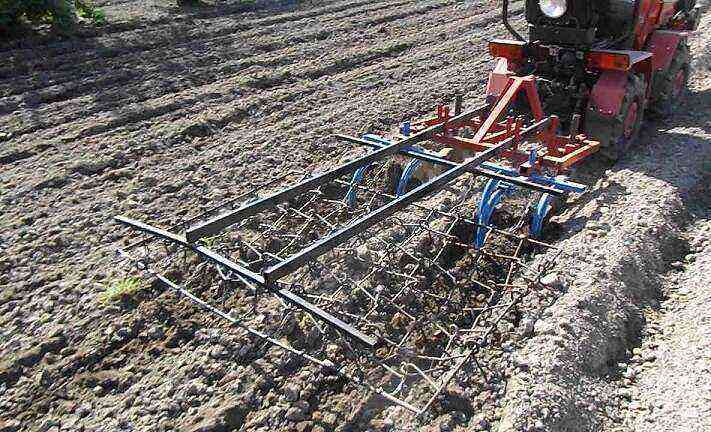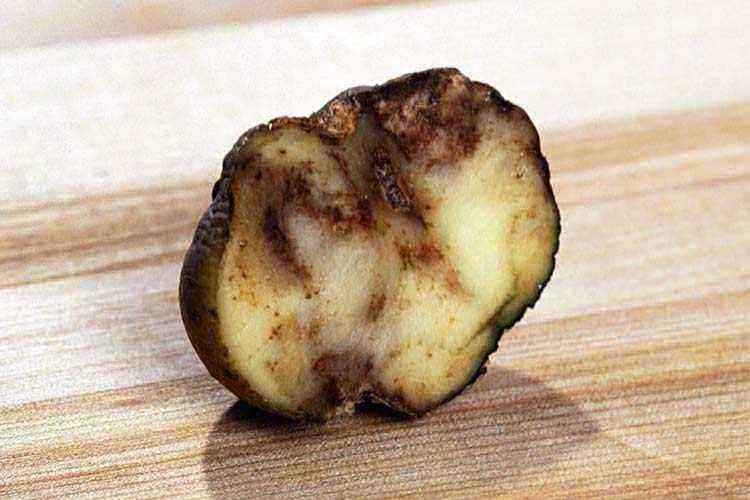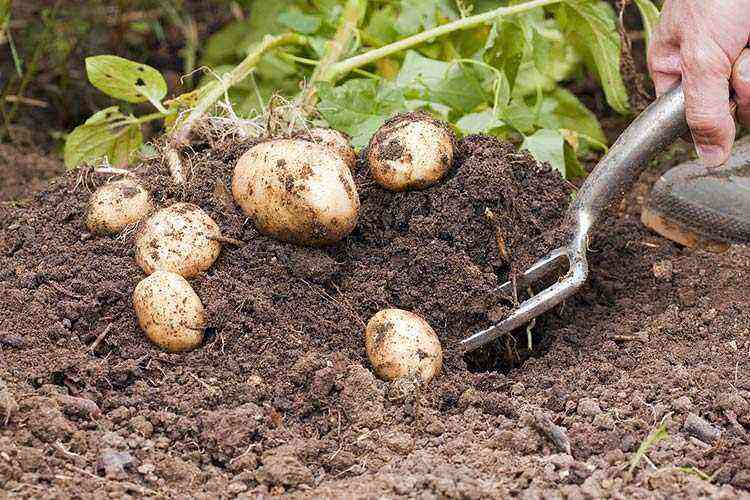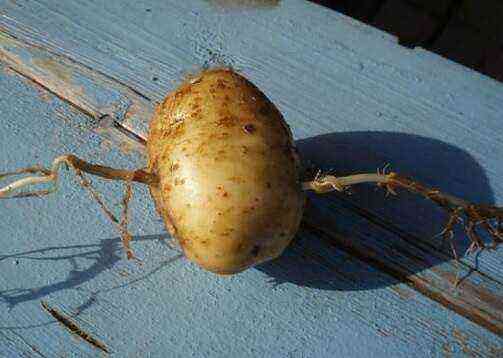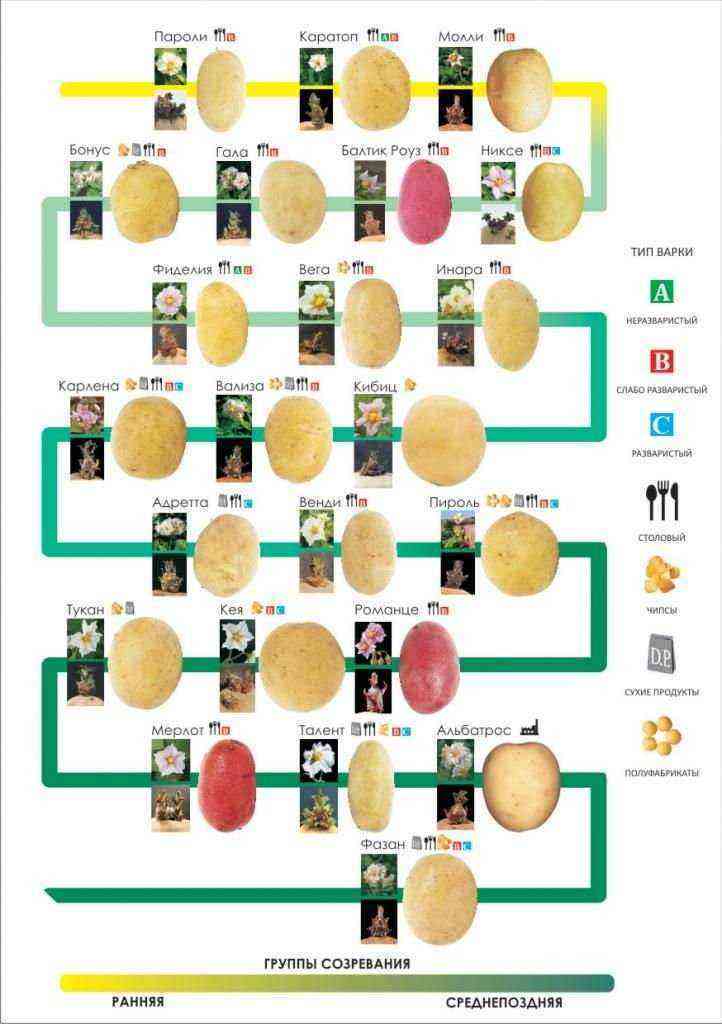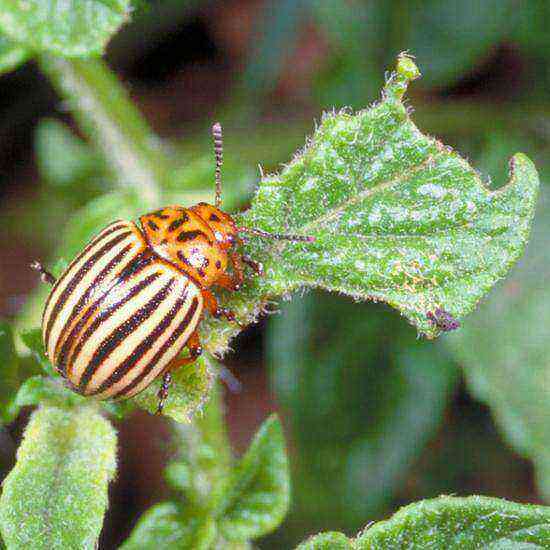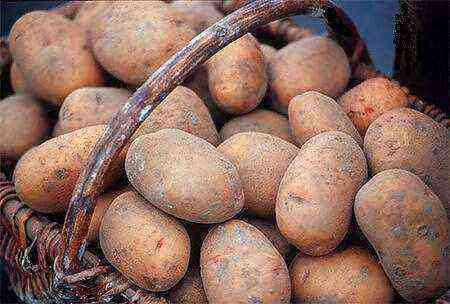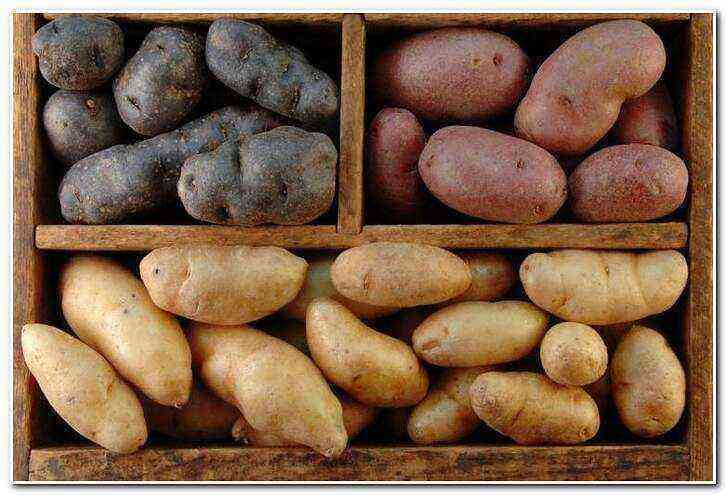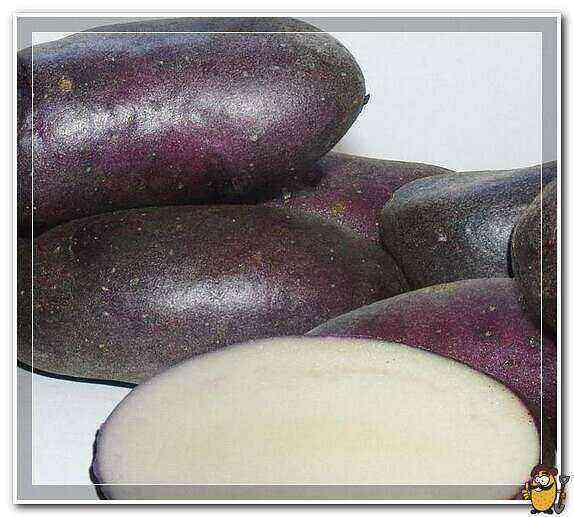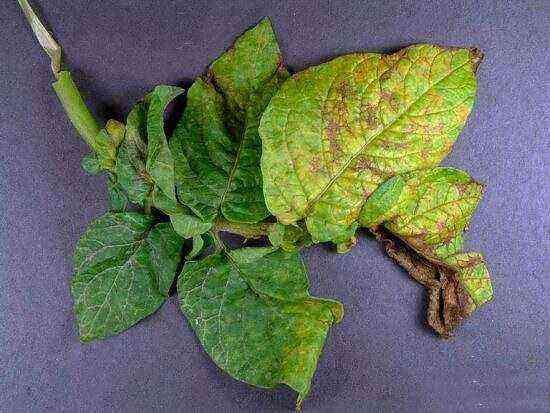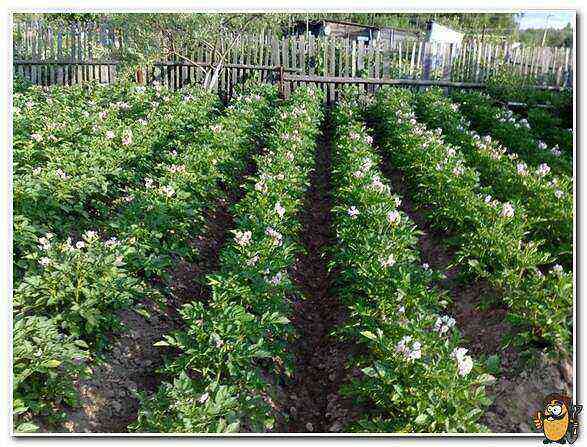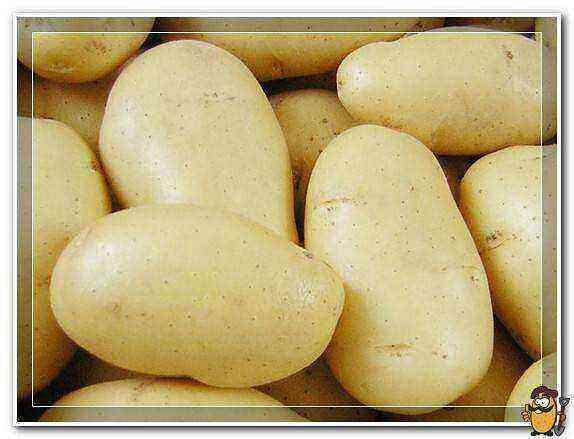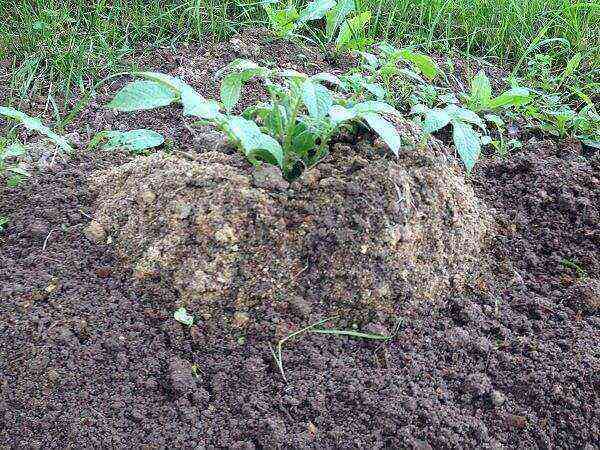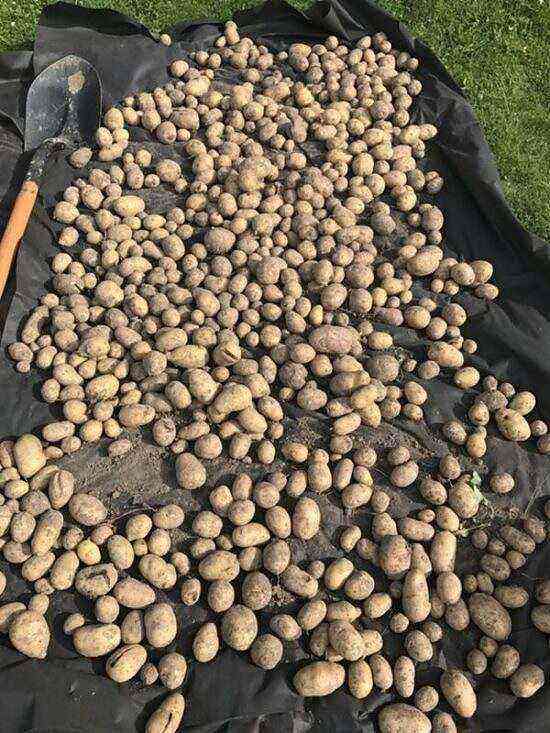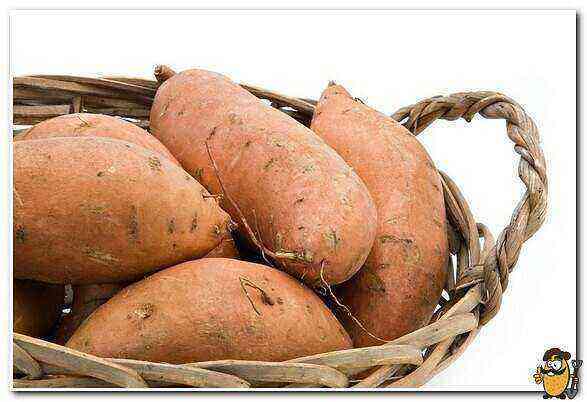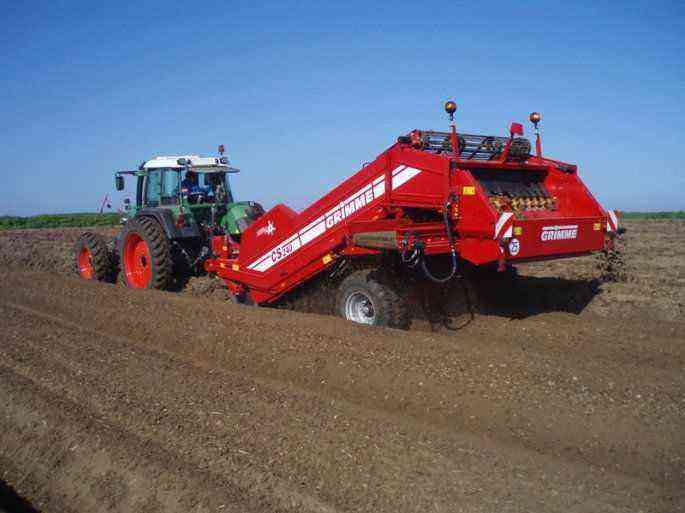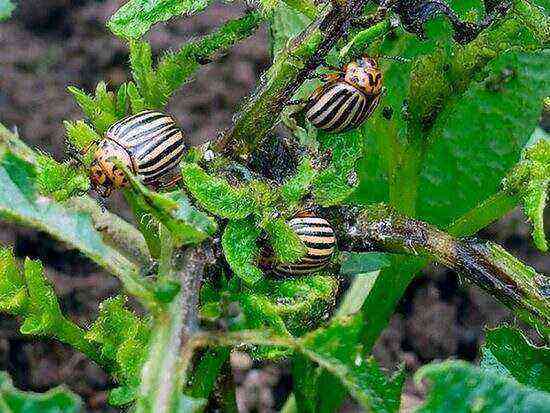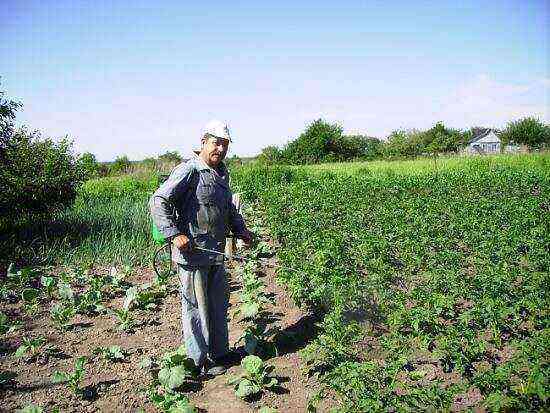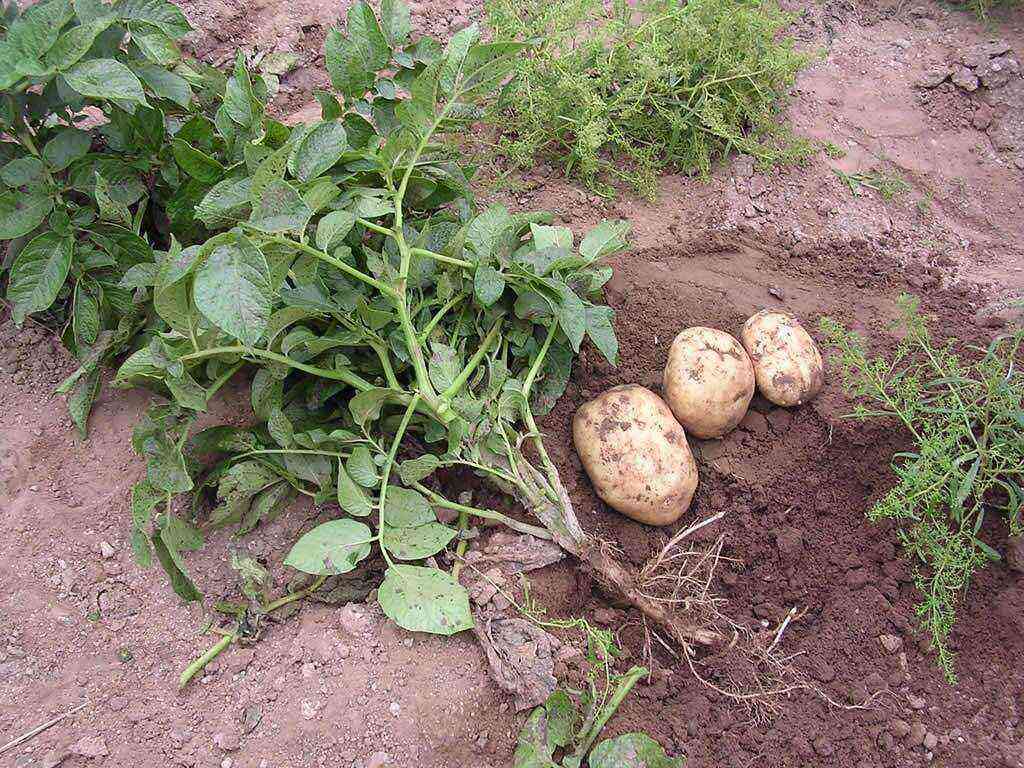Most gardeners practice early planting of potatoes in order to start feasting on delicious dishes made from young tender tubers early. But this is fraught with problems. In cold, damp ground, seed may rot, freeze, or simply not germinate. In order not to take risks and at the same time get an early harvest, it is necessary to choose early maturing varieties. These are the Colombo potatoes.
Colombo potatoes: characteristics
The Colombo variety is the result of the work of Dutch breeders. It was introduced to the Russian State Register in 2013, and it was immediately liked by both amateur gardeners and professional vegetable growers. These potatoes are appreciated for their early ripening, stable quality and excellent presentation (all nodules seem to be aligned according to the standard).
The bushes of the hybrid are erect, but in some cases they can spread along the ground. It depends on the growing conditions. Stems are tall, with good growth they reach 50 cm. Leaves are large, rich green. The flowers are also large enough, beautiful, pleasing to the eye with a whitish-lilac shade. The fruits are elongated, but they almost never have time to form due to the short growing season of this crop.
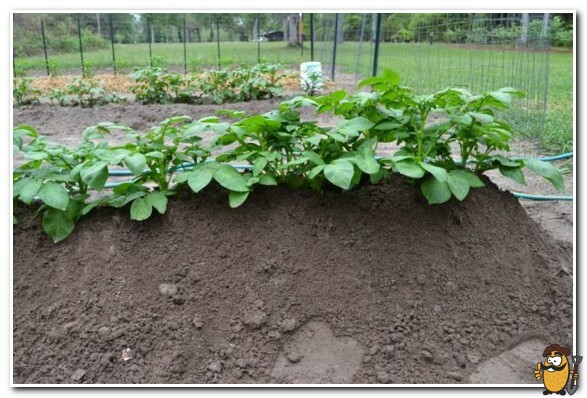
Colombo is a super early table variety that fully ripens in just 50-65 days from the moment of planting in the soil. Moreover, waiting for two months is not at all necessary, the tubers are poured and become ready for use already on the 40th day.
The variety is not picky about the composition of the soil and perfectly adapts to different climatic conditions. It is successfully grown in forest-steppe and mixed forest zones. Differs in stable productivity. From one bush, you can collect up to 12 potatoes with an average weight of 100-110 grams, and from an area of 1 hectare – 230-420 centners of selected potatoes. This is a pretty high figure. For comparison, let’s look at the yield of other similar varieties.
Variety Yield Minerva 200-450 c / ha Zhukovsky early up to 400 c / ha Farmer 220-430 c / ha Forty days 200-300 c / ha Riviera 280-450 c / ha Meteor 180-390 c / ha Veneta up to 300 c / ha
As for storage, if all the rules are observed, keeping quality is 95%. For an early variety, this is very good, not everyone can boast of such keeping quality.
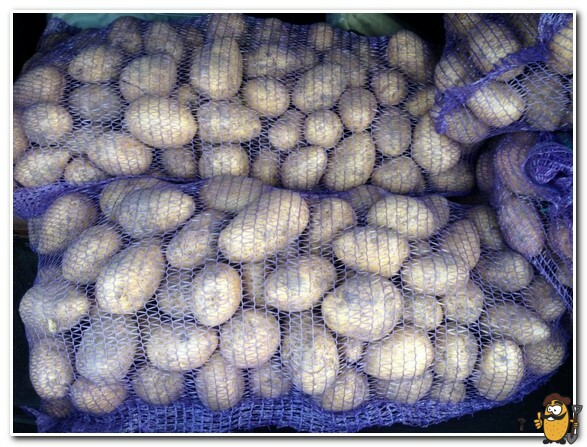
Experts recommend growing Colombo in such regions as Central, North-West, Central Black Earth, Volgo-Vyatka and North Caucasus, but, as practice has shown, in other regions of the Russian Federation it also perfectly acclimatizes and gives high yields.
Colombo potatoes: description of tubers
The potatoes of this hybrid have the following features:
- smooth oval shape;
- large size;
- rich yellow skin;
- slightly rough surface;
- small, few eyes, located shallow;
- the pulp is pale yellow;
- starch content 11-15%;
- excellent taste and excellent texture of the pulp.
Colombo tubers are beautiful, neat, gaining weight from 80 to 130 g. The table below shows similar indicators of other varieties.

Сорт
Масса клубней (г)
Ривьера
100-180
Венета
65-90
Метеор
100-105
Жуковский ранний
100-120
Каратоп
60-100
Киранда
90-120
As you can see, Colombo in this regard is not inferior to other varieties, and even surpasses many.
This potato is classified as slightly crumbly after heat treatment. It is also appreciated for its high content of nutrients and nutrients. Colombo has:
- dry matter (14-16%);
- protein (1,8%);
- reducing sugars (0,5%);
- starch (11-15%).
Advantages and disadvantages
Colombo potatoes have many positive qualities, but there are also weaknesses. The positive ones include:
- super early formation and ripening of tubers;
- the possibility of growing twice in one season;
- excellent presentation;
- good keeping quality and ability to endure long-term transportation;
- unpretentiousness to soil and natural conditions;
- universal culinary purpose;
- high immunity to the most common potato diseases;
- the possibility of harvesting, packing and transporting by technical means (tubers do not darken and are not damaged).
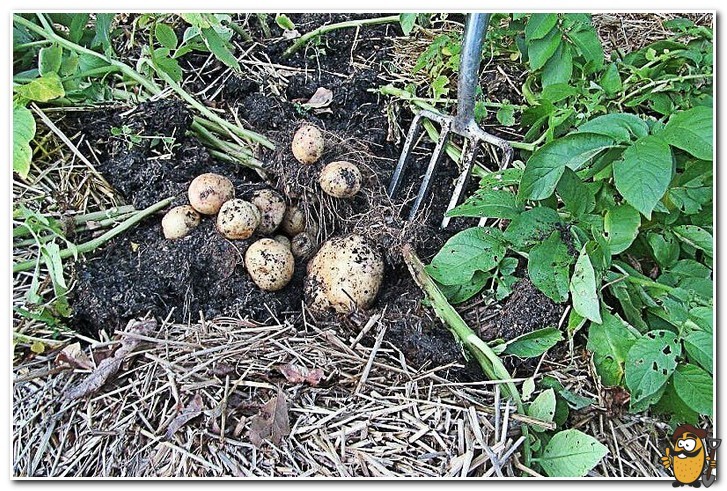
There is only one negative characteristic – low resistance to fungal and bacterial diseases. To avoid infection, it is necessary to remove the tubers from the ground in a timely manner. It is advisable to harvest the crop no later than 60 days after planting.
Preparing tubers for planting and growing
It is important to remember that seed should not be planted in too cold soil. Colombo is an early variety, it will take 2 months to form and grow full-fledged tubers. Therefore, do not rush to land, you can plan it for the first days of May. By this time, the soil will have warmed up to its optimum temperature and will remain moist enough for good growth.
Before planting, it is advisable to germinate Colombo seed potatoes, then tasty young tubers can be tasted already on the 35th day from the moment they were laid in the ground. Many gardeners grow long shoots in order to break them off before planting. It is believed that after this procedure, the apical growths block the development of the remaining ocelli. After cutting off the first shoots, the bushes will be more lush and powerful. In any case, sprouting seed potatoes always benefits the crop.
In order for a large number of tubers to form in the bushes, and they have enough room for full growth, you need to choose the right planting scheme. There are many ways and schemes, but the following is best suited for Colombo:
- depth – 10 cm;
- width between bushes – 25 cm;
- the distance between the rows is 60 cm.
In areas with heavy loamy soils, as well as in low peatlands, it is better to use the ridge method, in which the ground warms up well and remains loose. These potatoes can also be planted on small ridges, digging holes with a shovel according to the above scheme.
It is desirable that the potato beds are located from the northern part of the garden to the southern side. So the plants will receive more sunlight, photosynthesis will accelerate, so that the tops will grow strong and bright. Well, large healthy bushes, as you know, give a rich high-quality crop.
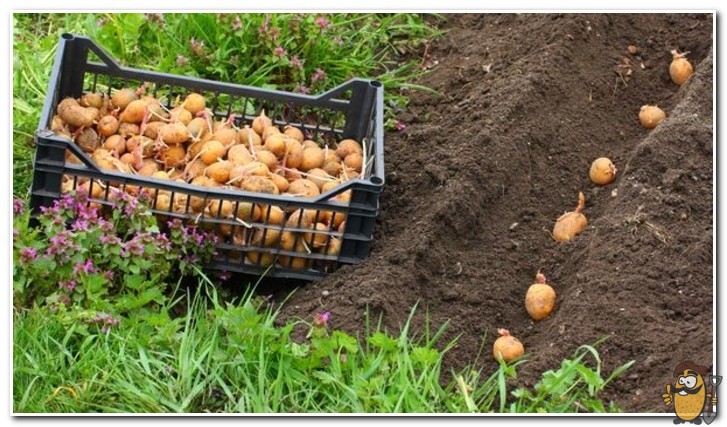
When planting, it is recommended to add wood ash, humus and onion husks to each hole. They provide plants with nutrients and protect against insect encroachments.
Plant care after planting
Colombo potato care is standard. This includes:
- loosening of the soil;
- weeding of row spacings;
- hilling;
- watering;
- fertilizing under bushes;
- disease prevention and control of harmful insects.
Harrowing (loosening) must be carried out five days after planting. Thanks to this agrotechnical technique, dense pieces of earth are broken on the surface of the beds, the soil becomes looser, young sprouts quickly break through to the surface. In addition, nutrient rainwater can more easily penetrate into loose soil. And also inter-row loosening helps to remove weeds, which always germinate with cultivated plants.
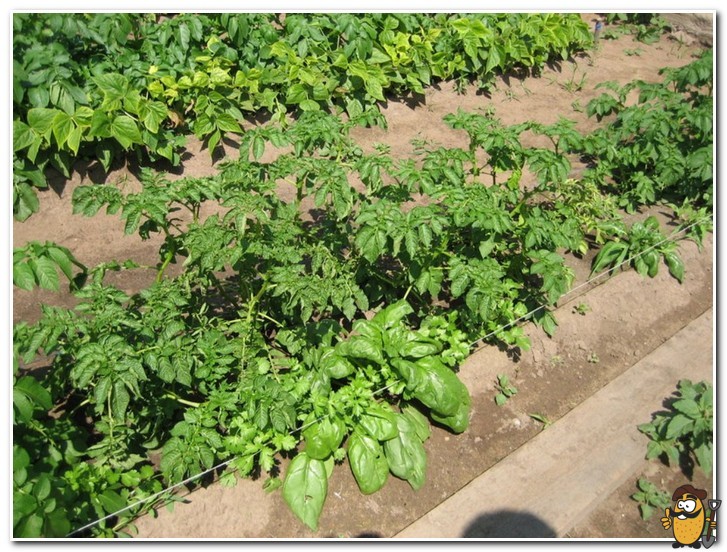
It is advisable to harrow before young plants reach a height of 10-15 cm. When the tops grow up to the indicated mark, this will be a signal for the next procedure – hilling. In private gardens, potatoes are spud with a hoe or hoe 2-3 times per season. Early hilling will help protect young plants from unexpected frosts, and later will allow the formation of a powerful rhizome with a large number of large tubers.
Timely feeding along with watering significantly increases the yield of Colombo. During prolonged dry weather, additional watering is needed under the bushes. It is worth adding nitrogen fertilizers to the water. Such feeding gives the greatest effect during the period of budding and opening of flowers.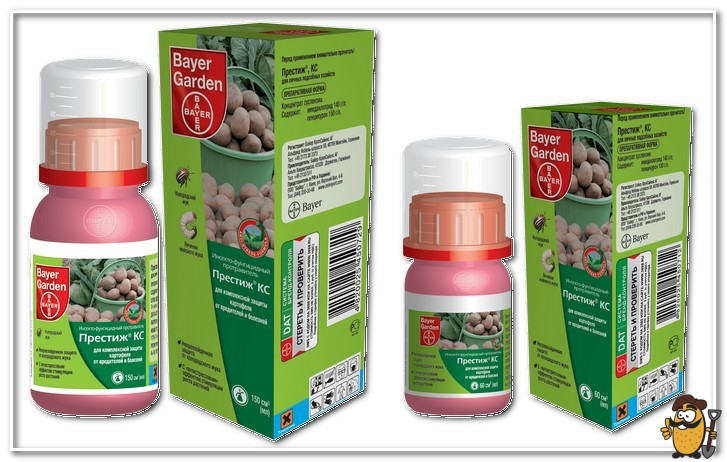
The described variety has a fairly high resistance to many diseases. He almost never suffers from potato cancer, he is not afraid of any type of scab, he is not afraid of the golden nematode, and lesions by late blight are very rare. But anything can happen. To be on the safe side, just in case, you need to purchase insecticides, fungicides and herbicides in stores in advance. These drugs will help you quickly cope with diseases or their manifestations at an early stage.
Harvesting
As mentioned above, the variety belongs to the early ripening, its tubers ripen 50-60 days from the moment they are laid in the holes, which means that after this time you can safely start harvesting. Some summer residents believe that Colombo potatoes should be dug out earlier so that they do not lie in the soil. This is also the right approach, since every extra day in the soil is a risk, because the tubers can begin to rot.
For the same reason, harvesting is best done in sunny, dry weather. It is most convenient to dig in the piles and shake out the tubers with a shovel or pitchfork. The potatoes removed from the ground should lie down a little in the sun so that the skin dries under the warm rays. Then the potatoes are sorted out, sorted and transported to a shaded place in order to send the crop prepared for storage to the basement or cellar in a couple of weeks.
Colombo potatoes: storage
In order for the tubers to be well stored, not sprouting, rotting and not losing useful components, it is necessary to adhere to some rules. Only a dry, dark and cool place with good ventilation is suitable for storage. The optimum moisture content is 60-75%. The recommended temperature range is from +2 to +5.
Potatoes can be stored in nylon nets, natural fabric bags or wooden boxes. At the same time, too much cannot be applied or poured into the container, otherwise there will be no air circulation.
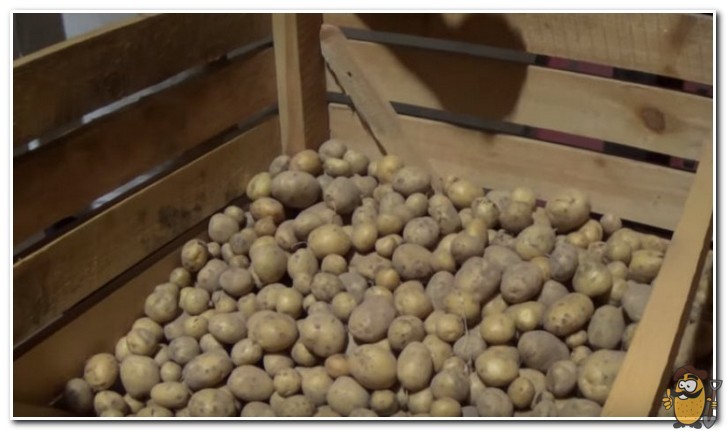
Potatoes (Colombo variety): reviews
Those who tried to grow the variety on their site note the high yield and presentation of the tubers. Potatoes can be eaten within 1,5 months after planting.
Colombo is also suitable for growing on an industrial scale. During mechanized assembly, packing and transportation, tubers are not damaged, do not darken, do not deteriorate. They are great for making chips, fries and other snacks.
Many farmers are pleased with the early maturity of Colombo, thanks to which the crop can be grown 2 times per season, which, in fact, they do. This is probably why this variety is one of the most popular today. Every year he has more and more fans.


